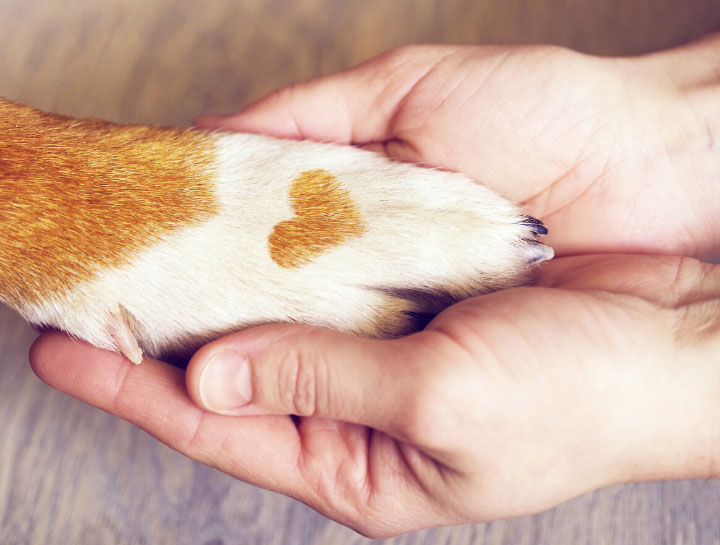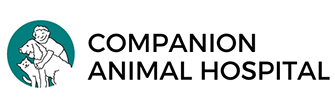End of Life Pet Care
A difficult decision.
The decision to euthanize a beloved pet can be one of the most difficult decisions of a lifetime. We all understand how hard it is to know when the time is right and are here to help you and your pet.
How do we know it's time?
We all want more time with our beloved pets, but we should focus on their quality of life. A quality of life assessment can be helpful in making the most humane decision. Ask yourself these questions:
- Is my pet still able to experience the things they've always enjoyed?
- Are they able to go for walks?
- Do they still greet me and interact socially or are they withdrawn and hiding?
- Are they mobile and able to access litter boxes or go outside to potty?
- Can they access food and water bowls?
- Are they eating and drinking adequately?
- Can they hear and see?
- Can they get up without assistance?
- Do they seem uncomfortable or lame when walking?
- Do they have other uncontrolled pain?
- Do they have more bad days than good ones?
If you are still unsure and need a more objective way to assess, you can refer to the Veterinary Partner Quality of Life Scale. It will allow you to numerically grade your pet's quality of life. You are encouraged to have your pet examined and discuss all options with your veterinarian as well.
What happens next?
When you call to schedule an appointment for your pet, you can choose to be present for euthanasia or not. This is a very personal decision. Whatever you decide, our staff will be sure the process is stress-free and painless for your beloved pet. You should decide if you would like to have your pet individually cremated with the ashes returned to you in a box or urn or if you would like a routine cremation with no ashes returned.
What to expect
We want you to be aware of what to expect when you come for this difficult appointment. When you arrive, we will lead you into a room right away. You sign an authorization form which also verifies that your pet has not bitten anyone in the last 10 days. The doctor may administer a sedative and take your pet into our treatment area to place an IV catheter. This gives the doctor direct access to a vein where the anesthetic injection will be given. Usually, we will take care of the finances in the room, so that you do not need to worry about it later on. Once the catheter is placed, we will return your pet to the room with you. When you are ready, the doctor will come in to give the anesthetic injection. This will slow your pet's breathing and heart while under anesthesia. This process is very peaceful, but your pet will not close its eyes and there may be a final twitch or breath. Some animals will urinate as they relax. After the process is finished, you will have time alone to say your final goodbye.
Care of Remains
If you decide on an individual cremation the ashes will be returned to our office in about a week. You have some options on how to receive your pet's ashes. If you are planning to bury your pet's ashes or sprinkle them, then you may choose the simple cardboard box in a velvet bag. If you are looking for something more personal, you can choose from a wide variety of urns, keepsakes, and jewelry. Please review the catalog ahead of time so you know what you would like to order before you come. If you have questions about the current pricing, please call our office. We would be happy to assist you.
Please reach out to us at (651) 456-5665 if there’s anything we can do for you.

